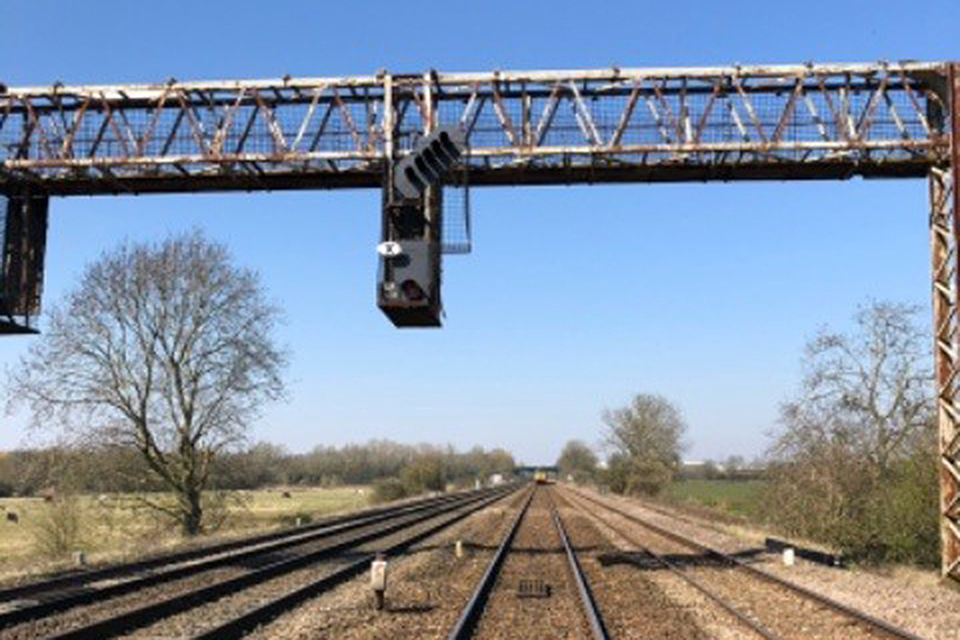Largely depends on the company's competency regime. Forget what it is known as these days but the shidft Duty Manager generally holds a copy of the driver "at risk" register. If the driver in question is on the register, this helps make an informed choice as to whether the train needs relief on site etc. For cause screening would be arranged by most TOCs / FOCs too, but at a recognised location, and based on the facts available. This could involve the driver admitting to mishandling the brakes, and not making any allegation against the traction.
The movement of a train after a Cat A SPAD is very limited. The driver will always be relieved of duty. Every case is different but it would not be further than the nearest point the train could be held to allow the resumption of train running on other lines.

